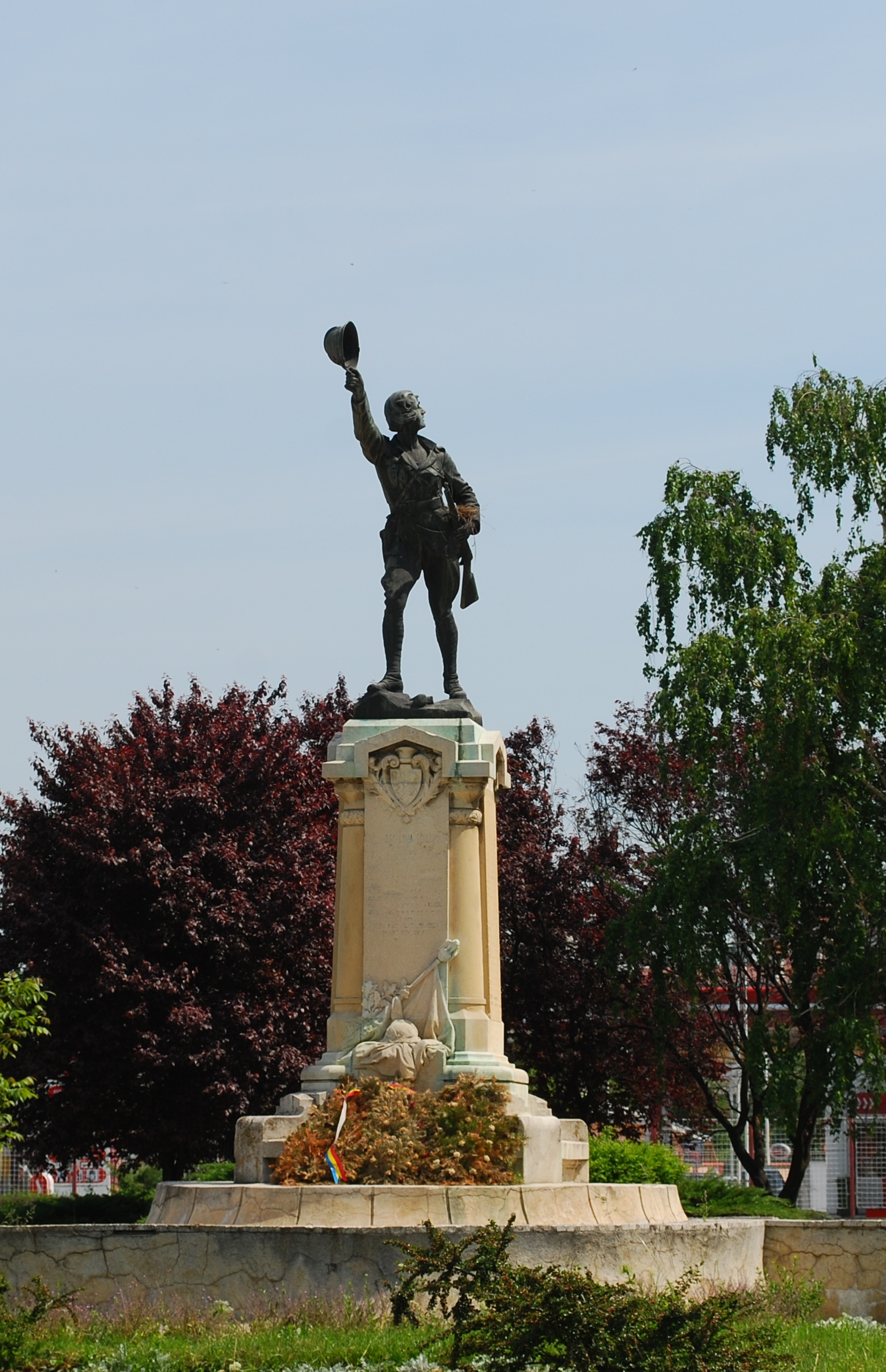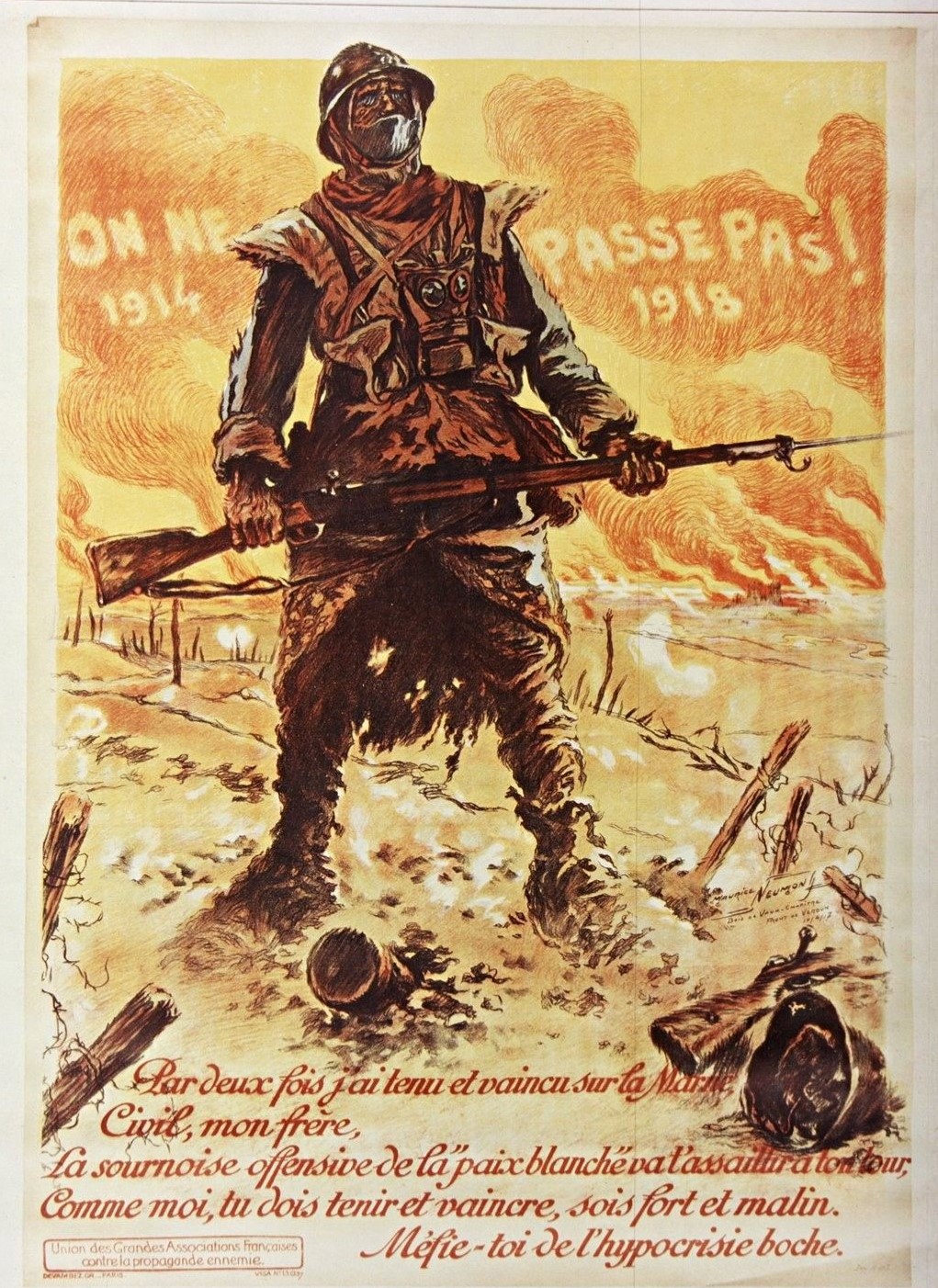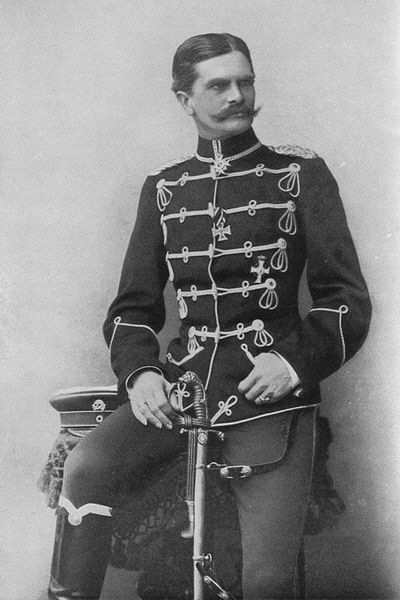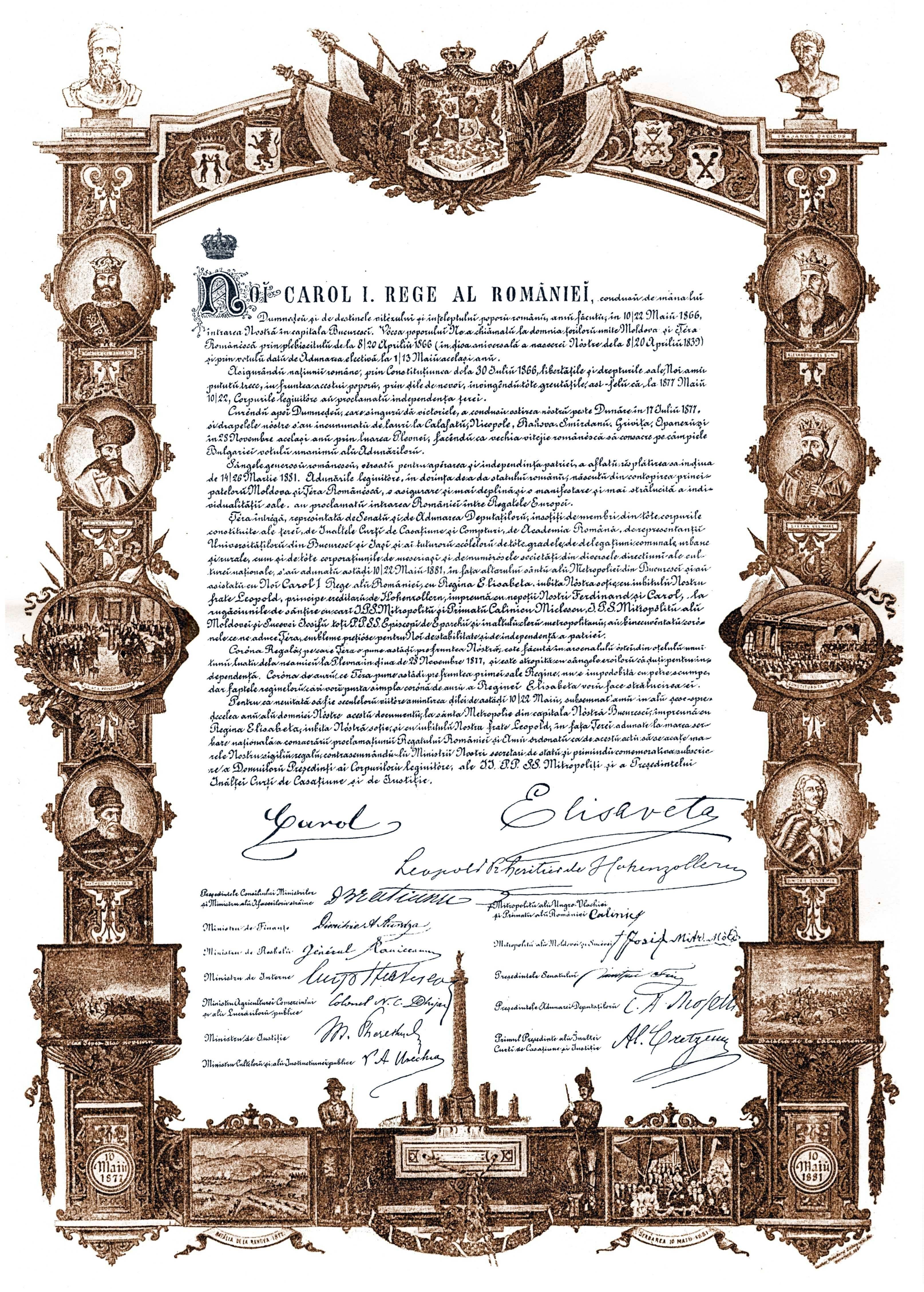|
Mausoleum Of Mărășești
The Mausoleum of Mărășești is a memorial site in Romania containing remains of 5,073 Romanian soldiers and officers killed in the First World War and dedicated to the commemoration of the Battle of Mărășești and Romanian Army members who were killed during World War I. The memorial took architects George Cristinel and Constantin Pomponiu 15 years to build and was unveiled on 18 September 1938 by King Carol II. The frieze in bas-relief surrounding the base of the dome was sculpted by Cornel Medrea and Ion Jalea. It is featured on the circulating twenty lei banknote issued by National Bank of Romania. Background The Battle of Mărășești (August 6 to September 8, 1917) was a battle fought during World War I between the German Empire and the Kingdom of Romania. The two sides sent into battle a total of about 1 million soldiers. The Romanian battle plan called for attack on Nămoloasa, but developments elsewhere on the Eastern Front led to shelving that plan. ... [...More Info...] [...Related Items...] OR: [Wikipedia] [Google] [Baidu] |
Romania
Romania is a country located at the crossroads of Central Europe, Central, Eastern Europe, Eastern and Southeast Europe. It borders Ukraine to the north and east, Hungary to the west, Serbia to the southwest, Bulgaria to the south, Moldova to the east, and the Black Sea to the southeast. It has a mainly continental climate, and an area of with a population of 19 million people. Romania is the List of European countries by area, twelfth-largest country in Europe and the List of European Union member states by population, sixth-most populous member state of the European Union. Europe's second-longest river, the Danube, empties into the Danube Delta in the southeast of the country. The Carpathian Mountains cross Romania from the north to the southwest and include Moldoveanu Peak, at an altitude of . Bucharest is the country's Bucharest metropolitan area, largest urban area and Economy of Romania, financial centre. Other major urban centers, urban areas include Cluj-Napoca, Timiș ... [...More Info...] [...Related Items...] OR: [Wikipedia] [Google] [Baidu] |
National Bank Of Romania
The National Bank of Romania (, BNR) is the central bank of Romania and was established in April 1880. Its headquarters are located in the capital city of Bucharest. The National Bank of Romania is responsible for the issue of the Romanian leu and as such it sets the monetary policy, holds the currency reserves and manages the exchange rate. History The bank's first governor was Ion Câmpineanu. Eugeniu Carada is associated to the National Bank, as he was the founder of the bank and he was elected director of the bank, but he never accepted the role of Governor. In 1916, in the wake of the Central Powers' invasion, the valuables of the National Bank of Romania, together with many other valuables (the Romanian Treasure) were sent to Moscow for safekeeping, but were never returned (except for the Pietroasele treasure - now on display at the National Museum of Romanian History, the numismatic collection of the National Bank, some paintings and archives). On 28 July 1959, ... [...More Info...] [...Related Items...] OR: [Wikipedia] [Google] [Baidu] |
Străoane
Străoane is a commune located in Vrancea County, Western Moldavia, Romania. It is composed of four villages: Muncelu, Repedea, Străoane, and Văleni. Natives * Gheorghe Alexianu Gheorghe Alexianu (January 1, 1897 – 1 June 1946) was a Romanian lawyer, high school teacher and associate professor who served as governor of Transnistria between 1941 and 1944. In 1946, he was accused and convicted of war crimes, crim ... (1897–1946), lawyer, governor of Transnistria between 1941 and 1944, convicted war criminal * Ion Ciocârlan (1874–1942), prose writer References Communes in Vrancea County Localities in Western Moldavia {{Vrancea-geo-stub ... [...More Info...] [...Related Items...] OR: [Wikipedia] [Google] [Baidu] |
Karl Von Wenninger
Ritter von Wenninger (born Karl Wenninger, August 13, 1861 – September 8, 1917) was a German lieutenant general who commanded the XVIII Reserve Corps in World War I. Biography Family Karl was the son of the Bavarian Colonel Franz Xaver Wenninger and his wife Mathilde, née Forster. Wenninger married Kornelie Prins on July 11, 1889, in Landshut. She was the daughter of the Vice-President of the Council for the Dutch East Indies, Ary Prins. The marriage resulted in a daughter and two sons. Like their father, both sons pursued military careers. The youngest son fell as a pilot on the Western Front in 1917, and the older son Ralph initially served in the Imperial German Navy as a submarine commander and achieved the rank of Luftwaffe General in World War II. Like his father, he was awarded the Pour le Mérite order during the First World War. With the exception of princely families, this is the only case in which father and son received the highest Prussian valor award. Mil ... [...More Info...] [...Related Items...] OR: [Wikipedia] [Google] [Baidu] |
Ecaterina Teodoroiu
Ecaterina Teodoroiu (; formal rendition of Cătălina Toderoiu; 14 January 1894 – 3 September 1917) was a Romanians, Romanian woman who fought on the front and died in World War I, and is regarded as a heroine of Romania. A Cercetaşii României, Romanian Scouts member, she had initially worked as a nurse but she subsequently decided to become a front-line soldier, being deeply impressed by the patriotism of the wounded and the death of her brother Nicolae, a sergeant in the Romanian Army. It was an unusual decision for a woman of that era, so she was sent to the front rather reluctantly. However, with the support of the Romanian royal family, she was able to serve in the military and eventually came to be seen as a symbol. Early life Teodoroiu was born in the village of Vădeni (now part of Târgu Jiu), in the historical region of Oltenia, in the family of Elena and Vasile Toderoiu, both farmers. Ecaterina had five brothers (Nicolae, Eftimie, Andrei, Ion, Vasile) and two siste ... [...More Info...] [...Related Items...] OR: [Wikipedia] [Google] [Baidu] |
They Shall Not Pass
"They shall not pass" ( and ; ; ) is a slogan, notably used by France in World War I, to express a determination to defend a position against an enemy. Its Spanish-language form was also used as an anti-fascist slogan during the Spanish Civil War by the Republican faction. Origin The widespread use of the slogan originates from the 1916 Battle of Verdun in the First World War when French Army General Robert Nivelle urged his troops not to let the enemy pass. The simplified slogan of "they shall not pass" appeared on French war propaganda posters, most notably by French artist Maurice Neumont in the last year of the war after the Allied victory at the Second Battle of the Marne. Later during the First World War, the slogan was also used by Romanian Army soldiers during the Battle of Mărășești, with the Romanian translation of the phrase being "", translating as "One does not pass through here." Later use French socialist politician Léon Blum (SFIO), in 1934, used thi ... [...More Info...] [...Related Items...] OR: [Wikipedia] [Google] [Baidu] |
Eremia Grigorescu
Eremia Teofil Grigorescu (28 November 1863 – 21 July 1919) was a Romanian general who served as the commander of the 1st Romanian Army during the First World War. He also served as Minister of War in the Constantin Coandă cabinet. Early life and military career Born in 1863 in the village Golășei (Bujor Sat), actually part of Târgu Bujor, in Covurlui County, now Galați County, in the family of the teacher Grigore Grigorescu and Maria (née Cazacu) Grigorescu; he was the youngest child of the family, after Dumitru, Constantin and Sevastia. He attended primary school in Galați (1870–1874), in the class of teacher Rășcanu, "a well-known figure in the cultural world of Galați", secondary school at Vasile Alecsandri High School in Galați (1874–1878), and then the Academia Mihăileană in Iași (1878–1881). After graduation, he attended for a year the Faculty of Medicine of the University of Iași, before transferring to the Officers' School, Artillery sectio ... [...More Info...] [...Related Items...] OR: [Wikipedia] [Google] [Baidu] |
August Von Mackensen
Anton Ludwig Friedrich August Mackensen (ennobled as von Mackensen in 1899; 6 December 1849 – 8 November 1945), was a German field marshal. He commanded Army Group Mackensen during World War I (1914–1918) and became one of the German Empire's most prominent and competent military leaders. After the armistice of 11 November 1918, the victorious Allies interned Mackensen in Serbia for a year. In 1920, he retired from the army. In 1933 Hermann Göring made him a Prussian state councillor. During the Nazi era (1933–1945), Mackensen remained a committed monarchist and sometimes appeared at official functions in his World War I uniform. Senior Nazi Party members suspected him of disloyalty, but nothing was proven against him. Early life and career Mackensen was born in Haus Leipnitz, near the village of Dahlenberg (today part of Trossin) in the Prussian Province of Saxony, to Ludwig and Marie Louise Mackensen. His father, an administrator of agricultural enterprises, sen ... [...More Info...] [...Related Items...] OR: [Wikipedia] [Google] [Baidu] |
Eastern Front (World War I)
The Eastern Front or Eastern Theater, of World War I, was a theater (warfare), theater of operations that encompassed at its greatest extent the entire frontier between Russian Empire, Russia and Kingdom of Romania, Romania on one side and Austria-Hungary, Kingdom of Bulgaria, Bulgaria, the Ottoman Empire, and German Empire, Germany on the other. It ranged from the Baltic Sea in the north to the Black Sea in the south, involved most of Eastern Europe, and stretched deep into Central Europe. The term contrasts with the Western Front (World War I), Western Front, which was being fought in Belgium and French Third Republic, France. Unlike the static warfare on the Western Front, the fighting on the geographically larger Eastern Front was maneuver warfare, more dynamic, often involving the flanking and encirclement of entire formations, and resulted in over 100,000 square miles of territory becoming occupied by a foreign power. At the start of the war Russia launched offensives agai ... [...More Info...] [...Related Items...] OR: [Wikipedia] [Google] [Baidu] |
Nămoloasa
Nămoloasa is a commune in Galați County, in the Western Moldavia region of Romania. It is composed of three villages: Crângeni, Nămoloasa, and Nămoloasa-Sat. The commune is located in the south-west of the county, on the border with Brăila County and Vrancea County, at a distance of from the county seat, Galați. Nămoloasa lies on the right bank of the river Siret, which separates it from the rest of Galați County; the commune can be accessed only through Vrancea County, where there is a bridge over the Siret. Nămoloasa is geographically part of the strategic Focșani Gate The Focșani Gate (; or ) is a militarily and strategically vulnerable area in Romania and NATO. Located in the northeastern part of the Wallachian Plain, it spans an area of east to west and about north to south on the territory of Galați, .... Nămoloasa was also part of the 19th century Focșani–Nămoloasa–Galați line built to guard this area more properly. References Communes i ... [...More Info...] [...Related Items...] OR: [Wikipedia] [Google] [Baidu] |
Kingdom Of Romania
The Kingdom of Romania () was a constitutional monarchy that existed from with the crowning of prince Karl of Hohenzollern-Sigmaringen as King of Romania, King Carol I of Romania, Carol I (thus beginning the Romanian royal family), until 1947 with the abdication of King Michael I of Romania, Michael I and the Romanian parliament's proclamation of the Socialist Republic of Romania, Romanian People's Republic. From 1859 to 1877, Romania evolved from a personal union of two Principality, principalities: (Moldavia and Wallachia) called the Unification of Moldavia and Wallachia also known as "The Little Union" under a single prince to an autonomous principality with a House of Hohenzollern, Hohenzollern monarchy. The country gained its independence from the Ottoman Empire during the Russo-Turkish War (1877–1878), 1877–1878 Russo-Turkish War (known locally as the Romanian War of Independence), after which it was forced to cede the southern part of Bessarabia in exchange for Northern ... [...More Info...] [...Related Items...] OR: [Wikipedia] [Google] [Baidu] |





